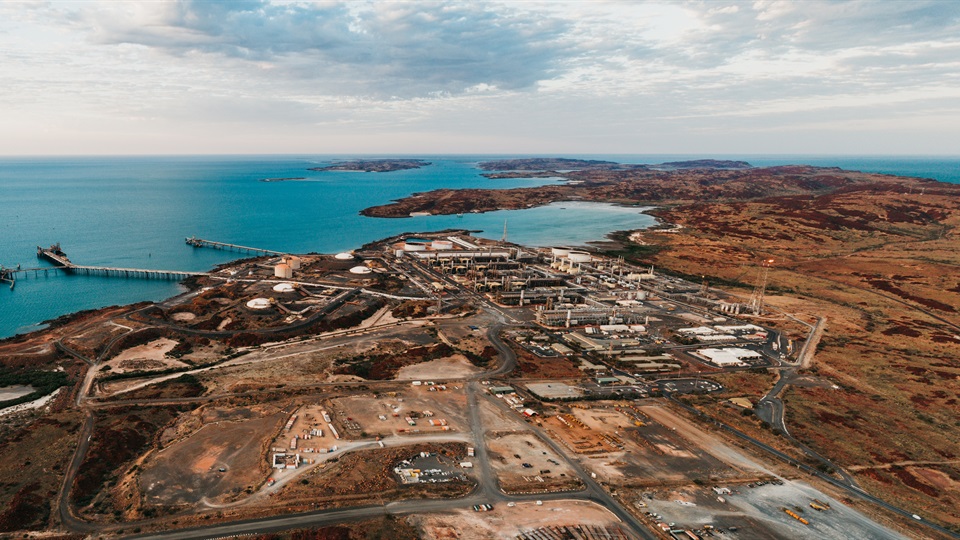Australian LNG player Woodside is progressing with its plans to send natural gas from the Browse Basin offshore Western Australia to North West Shelf’s Karratha gas plant on Burrup peninsula.
The proposed Browse to NWS project would have a production capacity of 11.4 million tonnes per year, including LNG, LPG, and domestic gas.
Woodside said in a statement on Thursday it has published the final environmental impact statement (EIS) for the project as directed by the Australian Department of Climate Change, Energy, the Environment and Water (DCCEEW).
The final EIS includes responses to comments received during the public consultation process held over an eight-week period from December 2019 to February 2020, it said.
According to Woodside, the DCCEEW would now prepare its recommendation report and provide it to the minister.
The company said that key work activities continue in support of progress towards front-end engineering design entry.
Also, the corresponding state environmental review document response to submissions would be published once accepted by the Western Australian EPA, it said.
“Significant step”
Woodside CEO Meg O’Neill said moving into the assessment phase for the proposed project was a “significant and positive step in the regulatory approval process.”
She said the final EIS provides comprehensive detail of potential environmental impacts, proposed mitigations, and management measures.
“The processing of Browse gas through the Karratha gas plant could provide energy needed in Western Australia and overseas, while providing jobs and taxation revenue that support our host communities,” O’Neill said.
Woodside operates both the Browse and NWS projects.
The Karratha gas plant in Western Australia, part of the NWS project, recently shipped its 6000th cargo of LNG.
It has five LNG trains with a capacity of 16.9 million tonnes per year. Also, it features domestic gas trains, condensate stabilization units, and LPG units.
Australia’s oldest LNG plant has been liquefying gas from fields located off the north-west coast of Australia since 1989.
However, these fields are slowly running out of gas and the project is now shifting its focus towards a different business model aimed at processing gas from third parties.
Woodside and its NWS LNG venture partners signed two agreements in December last year to process gas through the project’s facilities.
Earlier this year, Woodside started sending gas from its Pluto offshore field to the LNG plant at Karratha ahead of schedule.
This accelerated production of Pluto gas followed the start-up of the Pluto-KGP Interconnector.

